All-Boeing Icelandair has finalized a firm order contract with Airbus, for the purchase of the A321XLR, to replace its much-loved 757s.
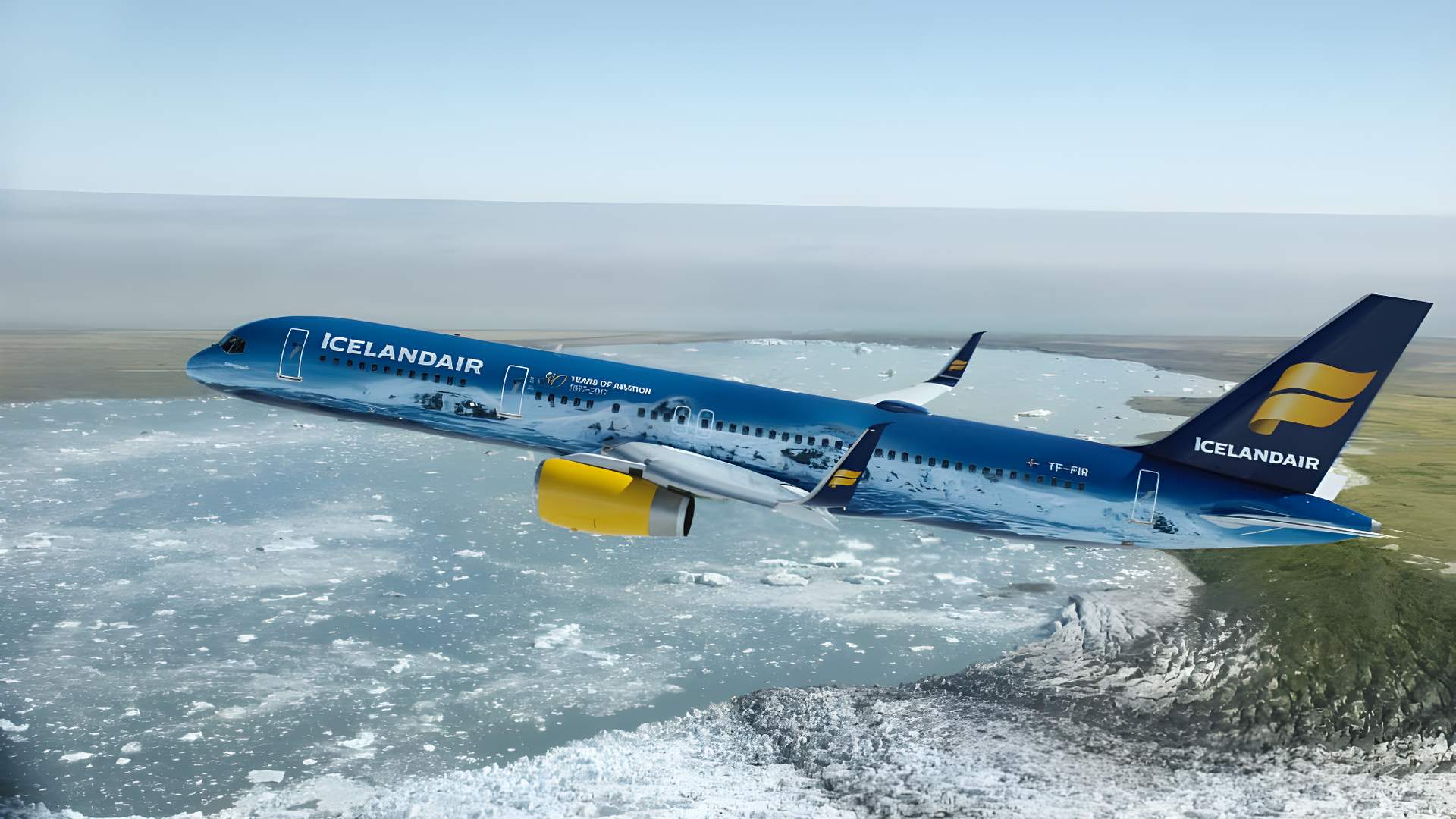
Unsurprisingly, whenever an airline announces its plans for a new aircraft type, the press release focuses on this new type. The existing fleet will typically get an appreciative nod – but obviously, these announcements focus on the future. However, Icelandair seems to love its 757s, and it shows.
The company’s fleet includes a few Dash-8 turboprops for local routes, but it’s otherwise an all-Boeing airline, with 737s, 757s, and 767s. Its last non-Boeing jet type was the DC-8, which left the fleet in 1990. However, this will change in 2025, when Icelandair will take delivery of its first Airbus narrowbody. But interestingly, those planes won’t be A321XLRs.
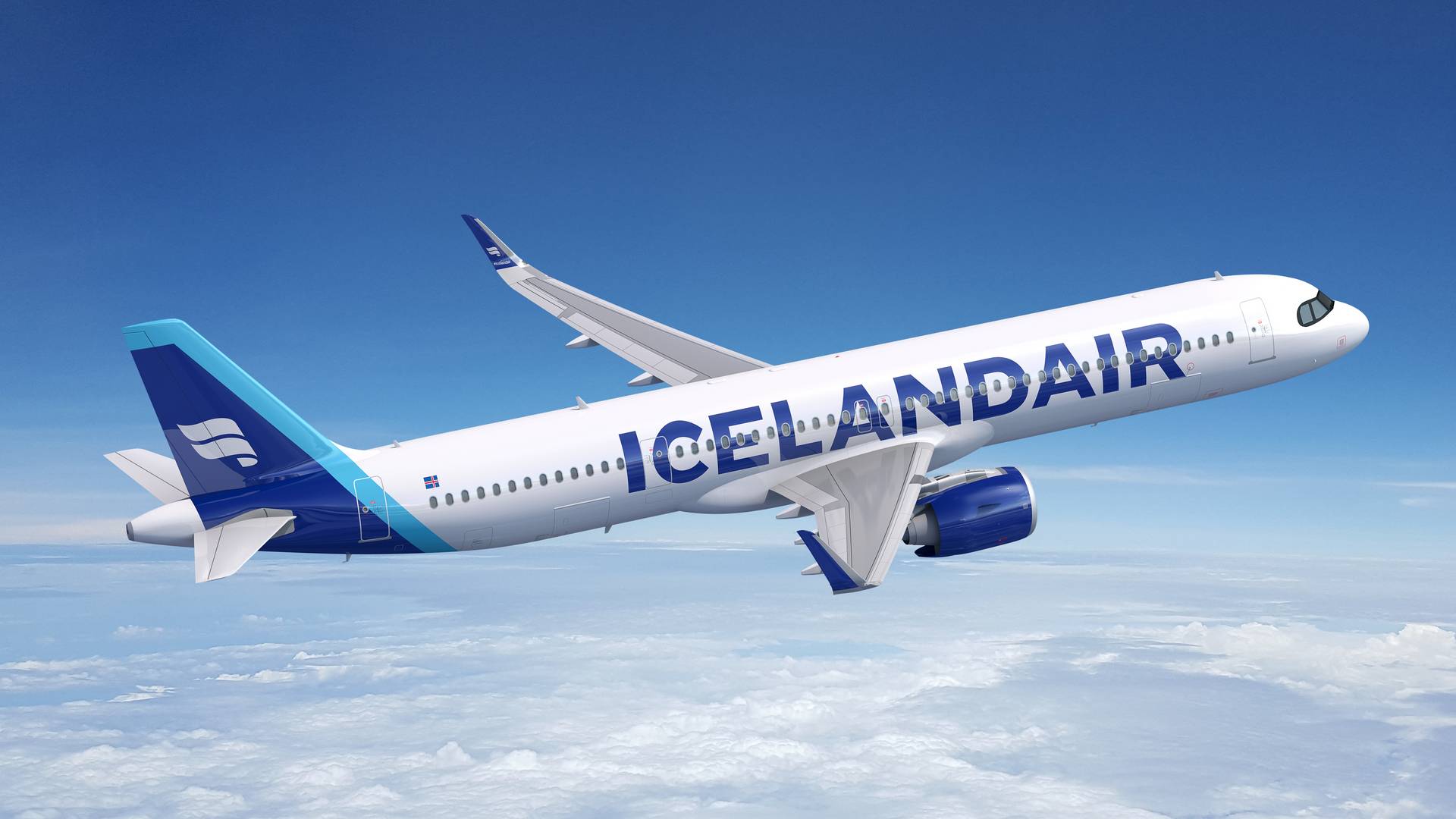
Icelandair – Airbus A321LR as an Intermediate Step
Icelandair will begin to take delivery of Airbus A321XLRs in 2029. The airline would very likely have preferred an earlier delivery date for these jets. But as we have seen, Airbus has been struggling to offer competitive delivery slots to its customers – which is why it is so keen to boost its monthly output.
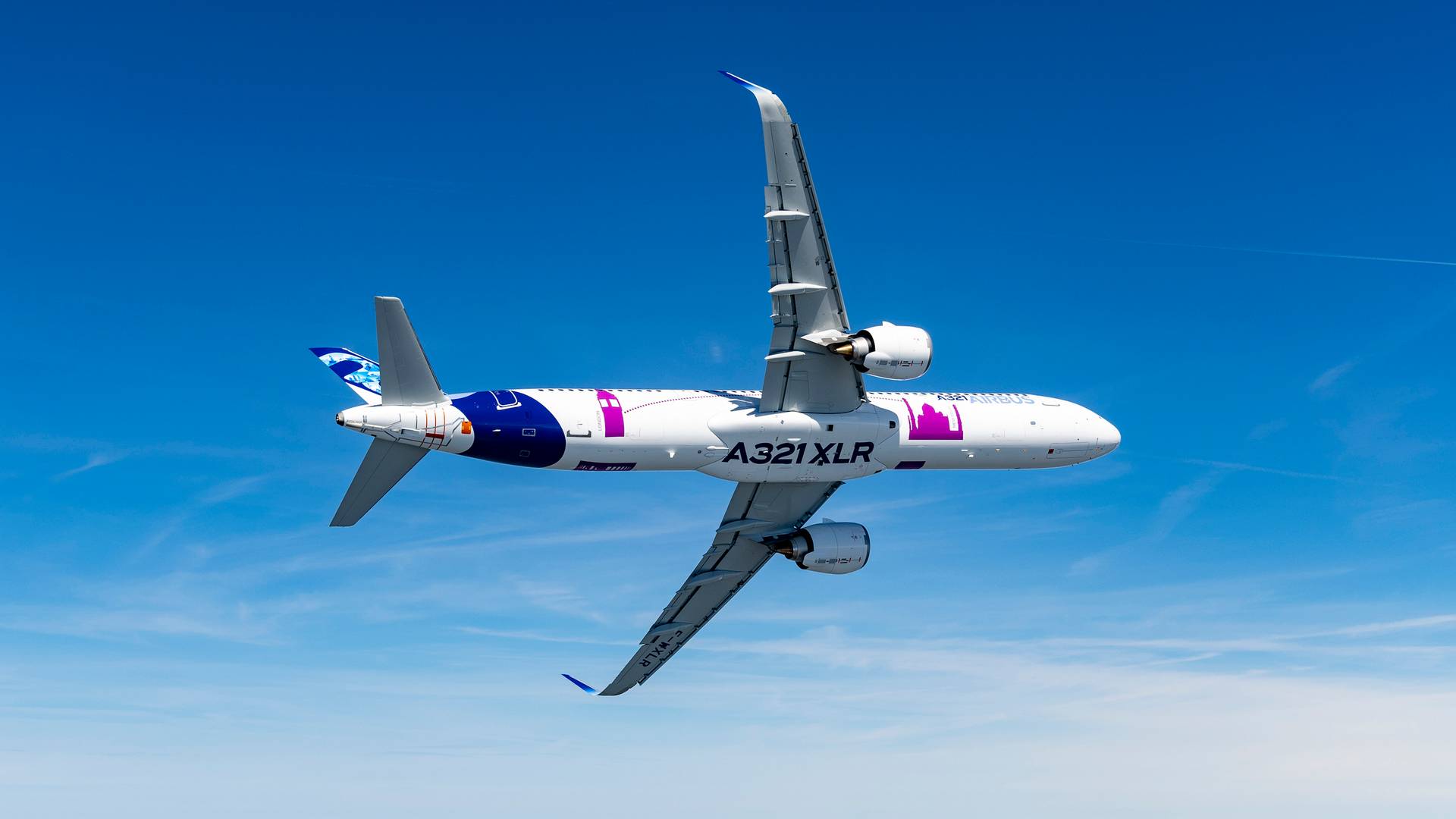
So in 2025, Icelandair will start picking up some A321LRs – from a lessor, not from Airbus. This separate deal will involve four aircraft, and it will allow Icelandair to familiarize its crews with the new type. These jets will come from lessor SMBC Aviation Capital Limited.
Then four years later, the airline will begin taking delivery of 13 A321XLR models. These contract details remain unchanged from the MoU the two parties announced last April. Icelandair also has purchase rights for another 12 XLRs. Airbus claims that the A321XLR has 30% better per-seat efficiency than “previous generation competitor aircraft”, i.e. 757s.
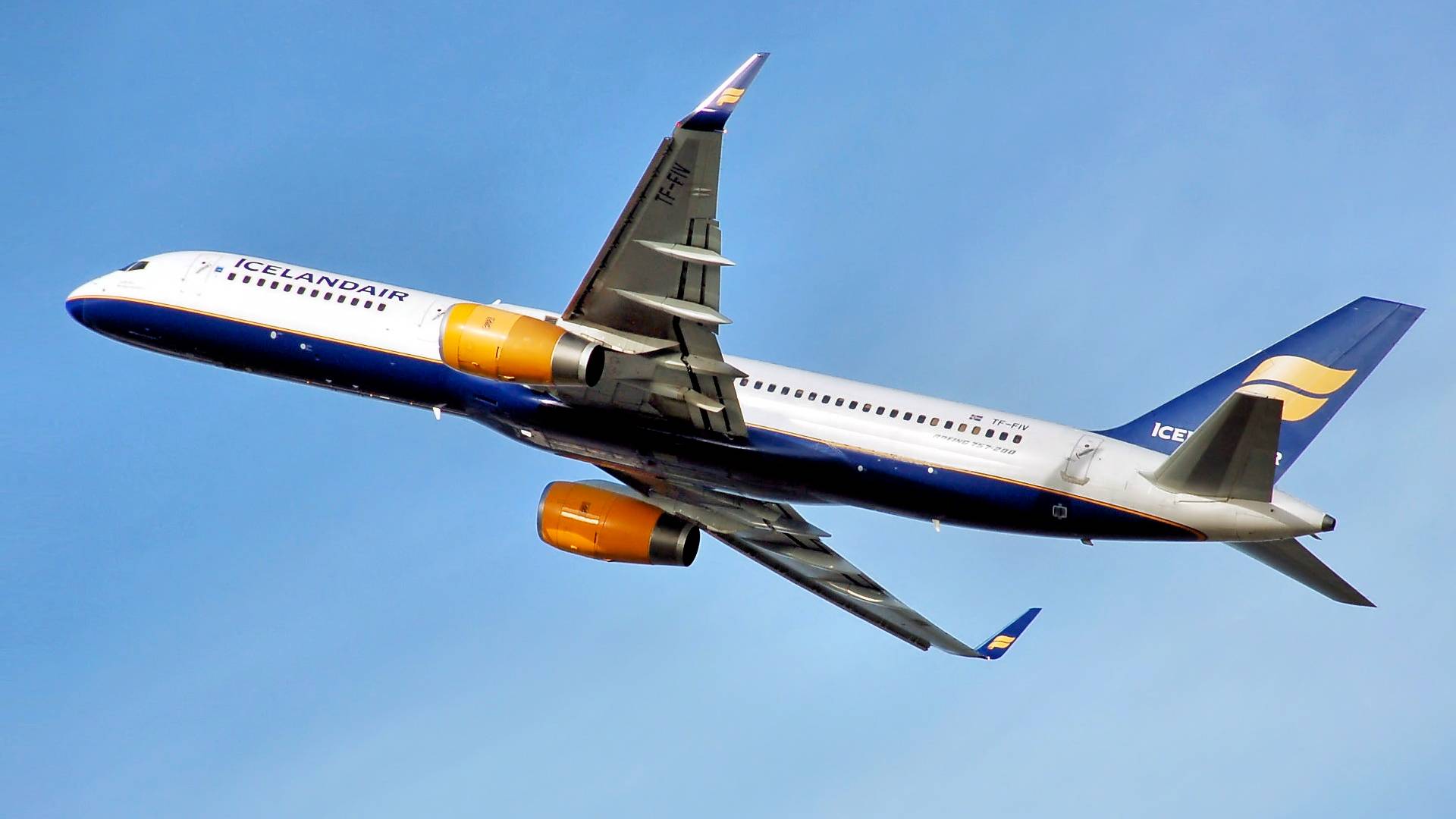
Icelandair has a rather unusual position in the airline market, with some unique aircraft demands. Its position halfway between mainland Europe and North America means that the carrier can link the two continents, with relatively smaller, medium-haul aircraft.
No Choice?
Using single-aisle jets for long-haul might be a niche application, for many airlines. But for Icelandair, it is its bread and butter. The airline currently has just 5 767 widebodies. It also has 18 737 MAX single-aisles (14 737-8s and 4 737-9s) plus 19 757s (17 757-200s, 2 757-300s). But while the MAX fleet is obviously young (~4 years old), the 757s are not. By 2029, the average age of these jets will be well over 30.
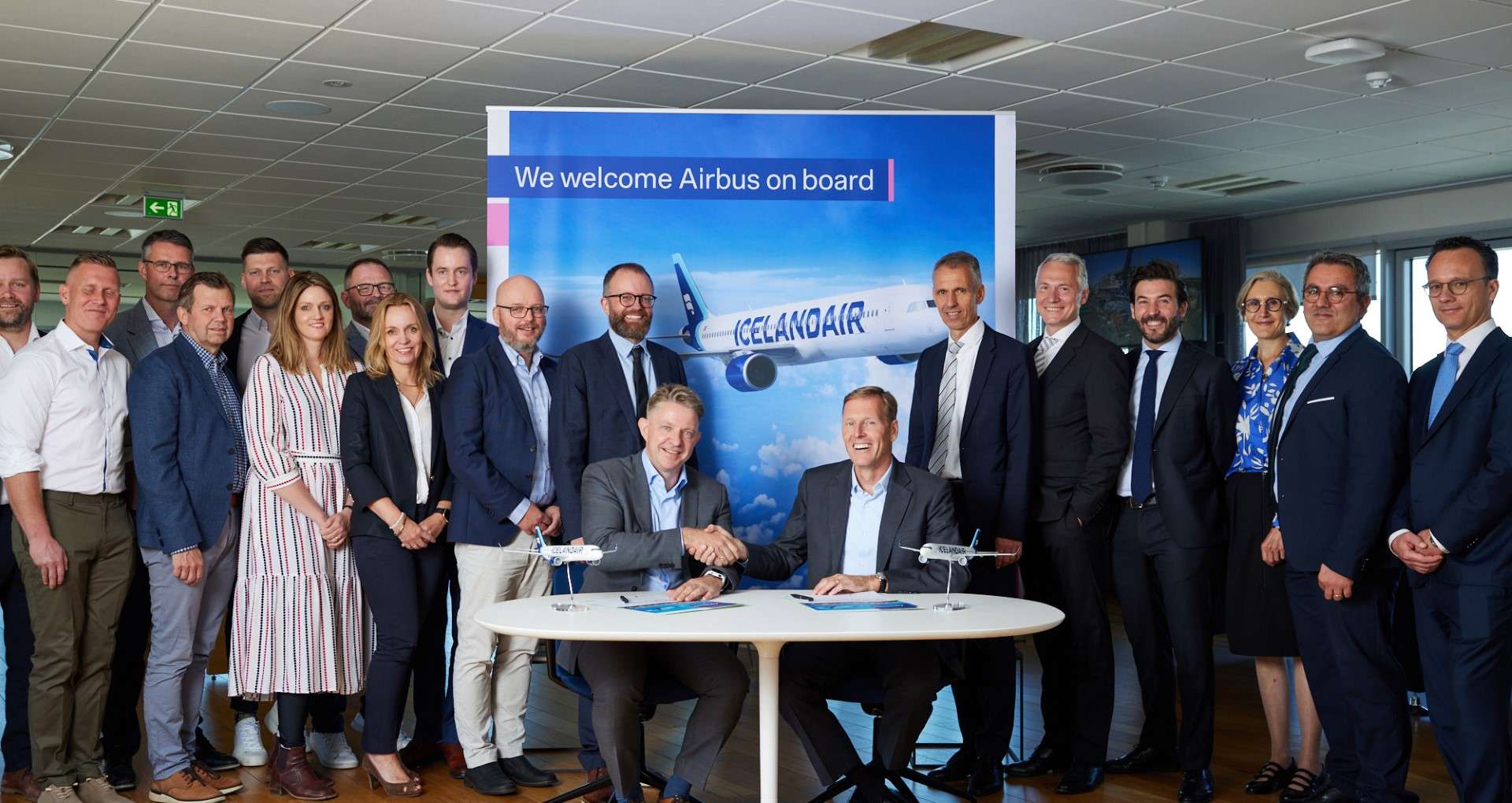
Icelandair is happy with its 737 MAX fleet, so it will remain a Boeing operator after taking delivery of its Airbus A321XLRs. But its 767s aren’t far behind its 757s, age-wise. So it will be interesting to see which manufacturer the airline will turn to, for a widebody order.
As we have seen, Boeing has decided not to try and “match” the A321XLR with a new design. The manufacturer’s CEO regards the XLR as a niche aircraft, and would rather wait until it can build something for the broader market. Nonetheless, the A321XLR has respectable sales – although they have eased off recently, partly because of those elusive delivery slots.
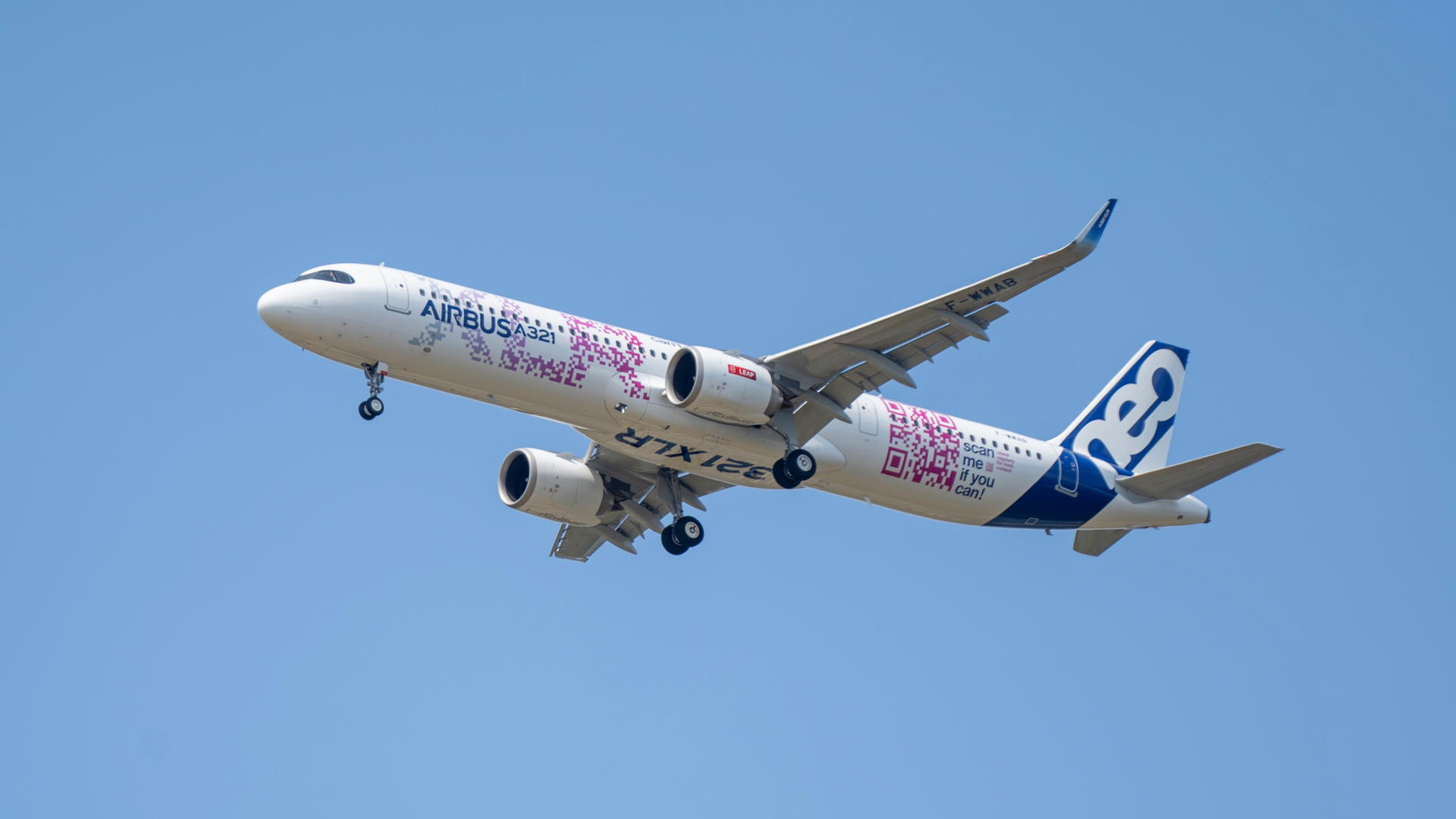
In any case, this Airbus order from Icelandair is one that would have likely gone to Boeing’s NMA (new midsize airplane), had the manufacturer launched it some years ago, i.e. when 2025 was a plausible entry-to-service target. As things stand, Icelandair has little choice but to switch to Airbus, while singing the praises of its old Boeings.




1 comment
Bostonbruno
If you look at the climb rate of a fully loaded A321lr (eg JetBlue transatlantic flights) it’s painfully slow and cannot exceed 31,000ft early in the flight. Barely enough to be above weather.
It really needs more powerful engines, to climb higher and fly faster if it’s to “properly “ replace the 757.